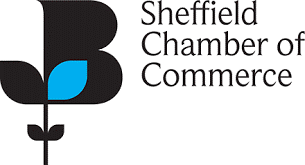One of the best ways to learn is by hearing other people’s reflections and thoughts on our own understanding. The most common ways you will get feedback are:
- A teacher to an answer you give on paper or in class
- A student peer assesses your work
- You discuss your views on a topic with others in a seminar class
- Someone praises you for something you’ve done well
You can use this to understand what you have learned (what you know) and what else you need to do to improve.
However, feedback is only helpful if it results in action. You need to use it to move forward and apply it to what you already know. It is important to make this a habit. This means that whenever you get feedback, you do something with it. The more habitual you make it, the more likely you are to do it.
Our top tips are –
- Self-assess your work in a different colour before you hand it in. What do you think you have done well and what bits are you unsure of. See if your feedback matches what your assessor (teacher or student) thinks.
- Put your feedback in your own words – in a form that you understand. This will help you use it.
- Apply your feedback straight away. The quicker you do this, the more likely it will be retained in your memory.
- Hand in your work again or check to see if you have used your feedback correctly.
- Keep a feedback log to help you see where you are performing well, or perhaps mistakes you continue to make. This will help you spot patterns. Use colours to highlight these patterns.
- Stay positive. Getting things wrong helps us know how to get things right. Feedback helps us move forward.
- If you don’t understand your feedback, ask! Feedback is only helpful if you understand it and can use it.







